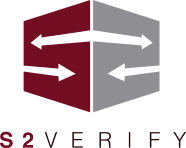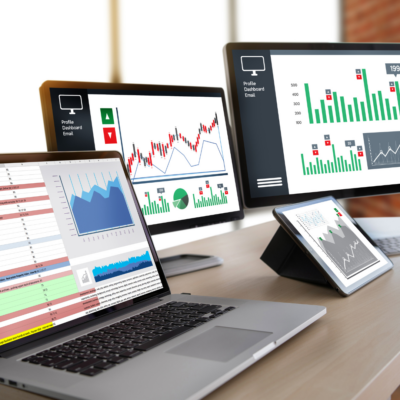The Do’s And Don’ts of Employee Analytics
Employee analytics is the practice of collecting, analyzing, and interpreting data to improve decision-making, enhance productivity, and foster a better workplace environment.
It looks at HR and workplace-related data around attrition, recruiting, hiring, training and development, engagement, compensation and benefits, and more, and can help employers answer questions like:
- How much does it cost to acquire an employee? Are we getting a return on that investment?
- Are people performing? If people are underperforming, is it because they need training? Or because we didn’t hire the right people? Or, maybe, because employees spend more than half their week in meetings?
- Is our workforce diverse and inclusive enough? Are certain underrepresented groups in the workforce turning over earlier than others? Are certain groups getting promoted more frequently?
- How satisfied are employees?
Employee analytics helps employers assess the organization’s overall health as it relates to the employee experience and then take action on that info to improve critical business outcomes.
Today, more than 70% of companies use employee analytics to improve their performance, according to a Deloitte report, and 65% of those who work in an organization with a prominent people analytics culture said their companies perform better than their competition.
But, while the benefits of employee analytics are many, employers must slow down and approach it ethically, responsibly, and strategically. After all, it involves handling highly sensitive employee data, which includes workers’ personal information, salary details, performance history, and more.
Below are the dos and don’ts of employee analytics so you can maximize the benefits of this important optimization practice while limiting the risks.
Do Prioritize Data Privacy to Build Trust
Protect employees’ privacy by anonymizing and storing data securely. Access to this data should be limited to authorized personnel only. Before starting, consider obtaining informed consent from employees to provide more transparency about how you will be handling their data. Ensure employees understand what data will be collected, how it will be used, and who will have access to it—to grow goodwill and trust around the program.
Don’t Collect Unnecessary Data
Collecting excessive data around employee behavior not only raises ethical concerns around privacy, but also wastes resources and opens the door for greater cybersecurity risk. And, failing to secure employee data can lead to breaches that have major legal and reputational consequences. Instead, stick to the data that is directly relevant to your objectives to minimize risk and maintain trust.
Do Market the Program Appropriately
Be sure to demonstrate that your employee analytics efforts are all about improving the experience of being an employee and empowering everyone to be more efficient—not about invading privacy by surveilling employees’ every move. Leverage internal strategic communications and tighten up your internal messaging to dispel this common misconception about employee analytics.
Don’t Keep Findings a Secret
Hoarding collected data and hiding the findings from everyone but the C-suite can lead to a culture of mistrust among employees. Be sure to share relevant insights and findings with the organization as you go, and involve managers and other employees in key decision-making processes around data. This collaborative approach will help demystify employee analytics at your organization and make your people feel like they’re directly involved in improving their own workplace.
Do Align Employee Analytics with Business Objectives
Having specific goals for your employee analytics program gives shape to data collection and guides the analysis process. The best way to define those specific goals is to align people analytics goals with business goals and to work closely with leadership to identify how people analytics can support the business and drive outcomes.
Take cues from the business strategy: if a near-future business priority is to reduce turnover, then a potential goal for your employee analytics project might be to increase employee engagement by 10% over the next 12 months (with the assumption that engaged employees tend to be happier).
Don’t Use Data to Micromanage
Some employers collect employee data under the guise of analytics but monitor every keystroke in an attempt to control and micromanage employee behavior, resulting in reduced employee morale and a toxic work environment. Remember that employee analytics is designed to solve “big” workforce problems to make the organization more efficient and better place to work. While it can be tempting to intervene when certain employees are underperforming, be sure to focus your efforts on high-level solutions that are the most effective.
People are the lifeblood of any organization. As an employer, if you don’t have the ability to understand how you’re competing for talent, keeping talent, and creating culture, you’re likely losing out to an organization that does. But, by adhering to these do’s and don’ts, organizations can ethically leverage employee analytics to gain a competitive edge, all while maintaining trust with and protecting the privacy of their workforce.







